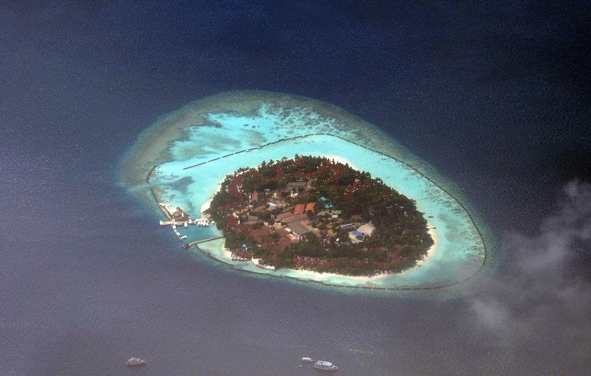The images coming out of New York City as Hurricane Sandy came through Monday night were nothing short of shocking. It will be a long time before the iconic images of Hurricane Sandy are forgotten: cars floating down the street in Lower Manhattan, water crashing through a subway station elevator shaft in Hoboken, a flooded carousel with the appearance of floating the in East River, babies being evacuated out of a hospital after backup generators failed. The images did not improve in daylight as the full extent of destruction in neighboring New Jersey became obvious. Parts of the region will likely take years to recover from the largest storm ever seen the Atlantic.
Watching the storm’s fury, commentators quickly raised the issue of climate change. The answer from scientists was less clear, with most hedging the connection between the existence of the storm and global warming. After all, even this late in the tropical storm season major hurricanes do happen, and the level of destruction in New York was largely due to the storm surge coinciding with high tide. But Sandy defied expectations of what a hurricane would normally do – mainly, continuing to grow in size and strength even after ripping through Jamaica, Cuba and Haiti – earning the label of a “freak storm” as a result. And that is where climate change comes into play.
Warmer than average ocean temperatures fuel hurricanes, even as they begin to enter the typically colder waters of the North Atlantic. Rising ocean levels raise the baseline of tides and increases the potential size of storm surges. And global warming increases the amount of moisture held in the atmosphere, causing greater rain totals with storms. In short, even without global warming Hurricane Sandy would have been bad, but climate change turned it into a monster.
There is at least one group of countries that completely understands this relationship. At the opening of the UN General Assembly last month, every Small Island Developing State (SIDS) raised the issue of climate change in their statements. In fact, it was the central focus point of many addresses. That is because climate change is increasingly an issue of basic survival for SIDS. Rising sea levels threaten to encroach on and eventually completely subsume many small islands, altering access to freshwater and habitable land in the process. While technology and infrastructure could blunt this impact, small island states often lack the money to invest in their nations in this way. The potential situation is so dire that in a report released earlier this year on managing the risks of climate change, the Intergovernmental Panel on Climate Change suggested that some SIDS should consider relocating their populations to escape the rising tides. Some, like the Carteret Islands of Papua New Guinea, have already started the process. Others nations, such as Palau, are adamant that the international community must work together to find other solutions to the crisis creeping up the shore.
SIDS are not alone in searching for solutions; developed nations are also wrestling with how to cope with climate change, even though so far the USA has been unwilling to invest in the expensive infrastructure that could help reduce the impact of events like Hurricane Sandy. But developed nations have the option of trying while many SIDS do not. Likewise, the relative scale of destruction from Hurricane Sandy was much higher in the small island nations of Haiti and Cuba where they lack the same ability to prepare, respond and recover.
Clearly there are stark differences between SIDS and the largest metropolis in the US, but there are also similarities. On Monday night, Nate Silver tweeted “New York likes to think we’re the center of the world — but we’re just a bunch of low-lying islands.” For at least one night, the US was critically reminded of that truth and just how vulnerable it can be, but it is a reality that others have been facing for much longer. In the end, climate change will spare no one.
